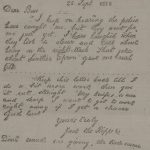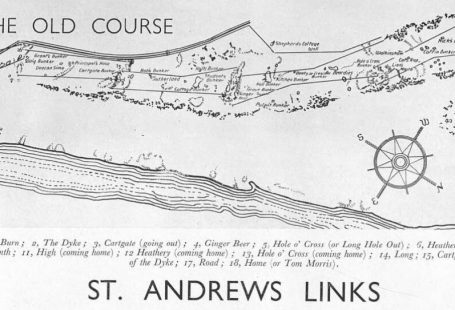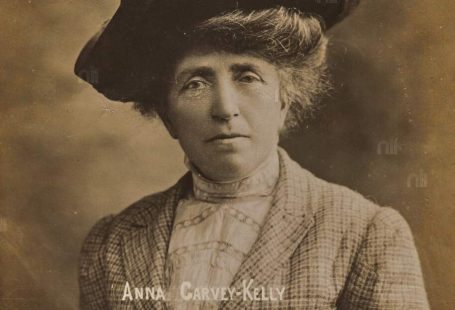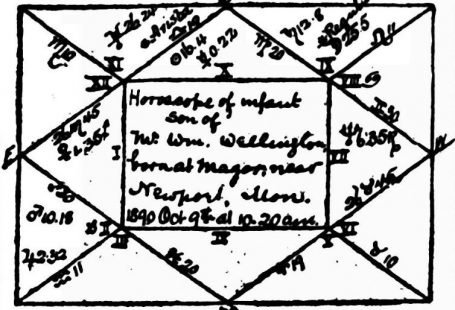In this special blog, using pages from the British Newspaper Archive, we take a look at one of the most notorious murders of the nineteenth century, that of Miss Emma Ann Whitehead Keyse, and the surprising fate that awaited her accused murderer, John Lee.
Want to learn more? Register now and explore The Archive
Emma Keyse was around the the age of sixty-eight, and lived in Babbacombe, just outside of Torquay, Devon. She was apparently a former lady-in-waiting to Queen Victoria, and the monarch had visited her at Babbacombe in 1846. On 15 November 1884, Miss Keyse’s cook was awoken by the smell of smoke, and found that part of the house was on fire.
Aberdeen Evening Express | 3 February 1885
John Lee, a footman, ran to a nearby pub to raise the alarm, exclaiming that ‘Miss Keyse is burnt to death.’ A report in local Devon newspaper the Express and Echo on 17 November 1884 describes the scene that onlookers were met with in the dining room, where ‘a horrible discovery was made’: ‘Lying on the floor was the lifeless body of Miss Keyse…There was a deep gash across her throat…The right side of her head was smashed in…Her right leg and foot and other parts of her body was burnt and charred.’
Once the fire was extinguished, the investigation into Miss Keyse’s murder began in earnest. John Lee quickly became a suspect, and he was soon arrested on the suspicion of murder. Upon his arrest, he remarked ‘Oh on suspicion, that’s all right.’ Despite the fact that the murder weapon was not found, the lack of motive and of blood found in his room, John Lee was charged and sent to trial.
The scene of the murder at Babbacombe | Illustrated London News | 29 November 1884
Evidence against Lee was purely circumstantial, he had a criminal record and it was reported that his socks smelt of paraffin. Indeed, Miss Keyse had employed him to ‘redeem his character,’ and he had reportedly ‘never had an angry word with his mistress.’ In February 1885 Lee faced his trial, assuming ‘an apparent air of indifference to the serious position in which he was placed,’ although ‘his appearance had undergone a decided improvement.’
Exeter and Plymouth Gazette | 27 January 1905
In front of a ‘thronged’ court, John Lee was found guilty and sentenced to death. The Bath Chronicle and Weekly Gazette, 12 February 1885, gives notice of his impending execution: ‘John Lee – convicted of the murder of his mistress, Miss Keyse at Babbacombe – will be executed at Exeter on the 23rd instant.’
However, something remarkable happened on the day of his execution. The ‘scaffold drop refused to act and after three unsuccessful attempts to carry out the dread sentence of the law, the Sheriff postponed the execution.’
Yorkshire Post and Leeds Intelligencer | 24 February 1885
The Scotsman, upon executioner James Berry’s death in 1913, gives the following account of the attempted execution:
Lee was to have been hanged at Exeter Jail on Monday, February 23, 1885, and was duly brought out for execution. Berry was the hangman. When the final arrangements had been made the lever was pulled, but the trap did not work. Berry pulled the lever again, and the warders on either side stamped their feet upon the trap, but it would not move. Lee was removed, and the drop sprang all right when no one was on it, but when Lee was placed upon it again the door once more refused to work.
Lee’s sentence was commuted to life in prison, and he later claimed in a letter to his sister that ‘it was the Lord’s hand that would not let the law be carried out.’ John Lee earned the nickname ‘the man they couldn’t hang,’ although some people viewed him as ‘the man that shouldn’t hang.’ He successfully petitioned for his release from prison in 1907, and it is believed that he died in a Devon workhouse during the 1940s.











